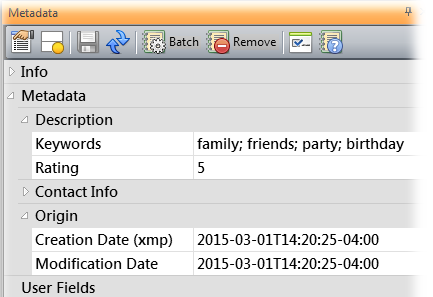


On that type of PC, flashing the BIOS often required rebooting with an MS-DOS disk, and if the process didn't go perfectly, you had to fuss with DIP switches on the motherboard and hope you could recover. In the 1990s and 2000s, that was a legitimate concern, as BIOS code was stored in rewritable flash memory on the motherboard. That's especially true for people who've been using PCs for decades and who have terrible memories of "bricking" a PC with a BIOS update that goes wrong. The trouble is, too many people are absolutely petrified at the prospect of updating their system firmware. As I learned from troubleshooting issues readers reported to me, several manufacturers released firmware updates in the months after that launch specifically to address upgrade issues. This is especially important when you're working with a system that was designed before the release of Windows 10 in 2015. One of my most common recommendations for people upgrading to Windows 10 is to check for system firmware updates. That's particularly true when habits are based on traumatic experiences, like a failed BIOS update that bricked a Windows PC, or when your favorite system tweaks have been engraved into your memory like a pilot's pre-flight checklist.Īs Windows 10 has evolved over the past few years, I've been paying close attention to feedback from readers, and I've assembled this list of outdated ideas that are still stubbornly popular. Windows 11: Give yourself more time to roll back the upgradeĪnd yet those lessons, once learned, are hard to unlearn.'The Beatles: Get Back' shows that deepfake tech isn't always evil.Remote working: Five problems we need to solve in 2022.


 0 kommentar(er)
0 kommentar(er)
